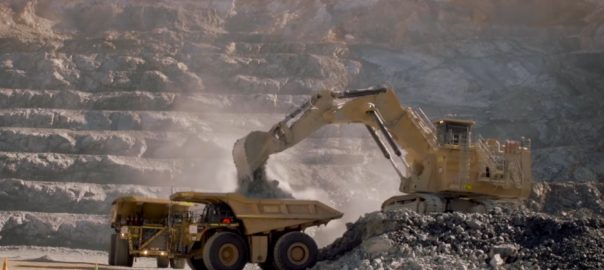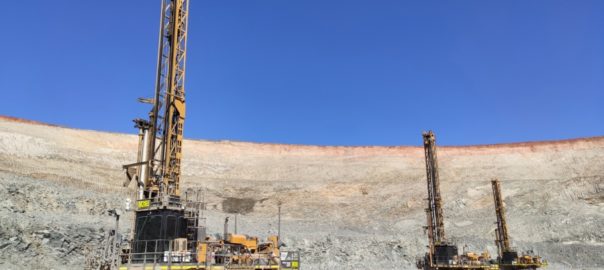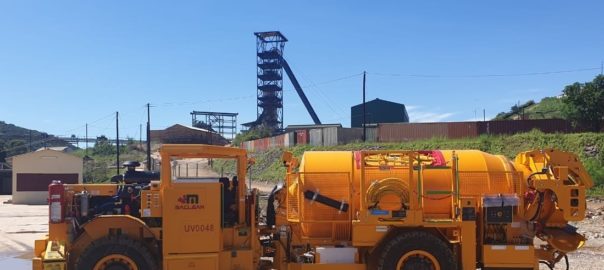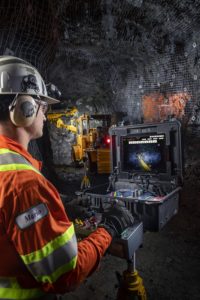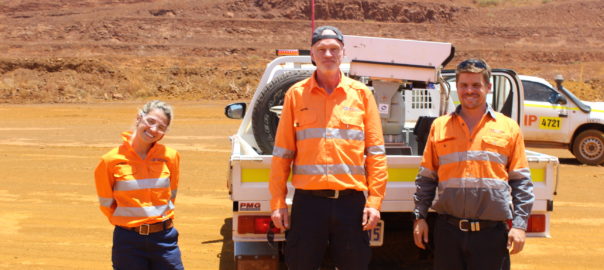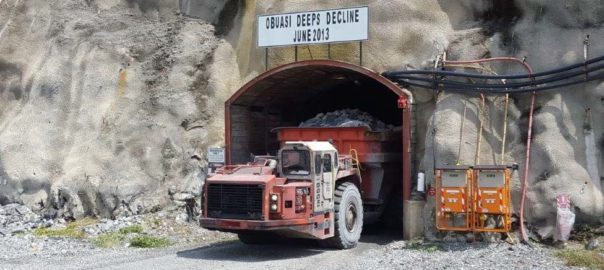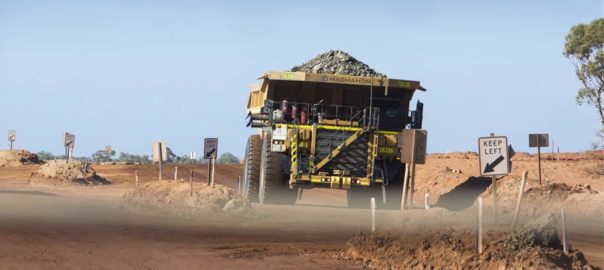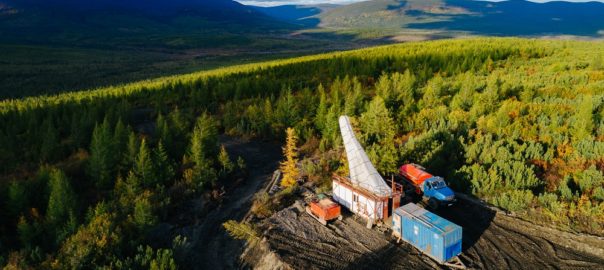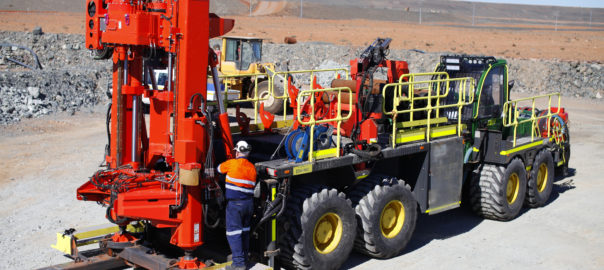AngloGold Ashanti, in conjunction with its joint venture partner IGO Ltd, has declared commercial production at the Boston Shaker underground mine at its Tropicana gold operation in Western Australia.
Situated some 330 km east-northeast of Kalgoorlie, the operation is managed by AngloGold Ashanti Australia (AGAA) with a 70% interest, while IGO holds the remaining 30% interest.
Development of the Boston Shaker mine was approved in March 2019, and the mine transitioned into commercial production this month on schedule, below the A$105.7 million ($77 million) budget and, importantly, with no recordable safety incidents, AngloGold said.
Boston Shaker will deliver around 1.1 Mt/y of ore at an estimated grade of 3.5 g/t, contributing some 100,000 oz/y to gold production over a seven-year mine life.
“Underground mining at Boston Shaker will leverage further value from this high performing operation, achieving payback in just over three years with upside potential as the deposit remains open at depth,” AngloGold Ashanti SVP Australia, Michael Erickson, said. “The underground mine will contribute higher-grade mill feed from the current quarter onwards, improving the gold production profile and enhancing cash flow during calendar 2021-2023 when the mine plan includes periods of higher waste stripping in the Havana open pit.”
AngloGold has previously said operational excellence work at the underground mine is focused on remote bogging, the mechanical operator-controlled digging of ore from surface, and on optimising level spacing and extraction ratios.
The first production stope was fired in June 2020 and underground ore production has now reached an annualised production rate of 700,000 t/y with the design production rate expected to be achieved in March 2021.The commercial production milestone at Boston Shaker comes after Tropicana produced its 3 millionth ounce of gold in March this year, just seven years after pouring first gold in September 2013.
AngloGold explained: “From commencement of the operation at Tropicana the mining strategy has been designed to optimise cash flow, net present value and the delivery of ore. The Tropicana, Havana, Havana South and Boston Shaker open pits have been mined as a series of cutbacks, sequenced and scheduled to maximise value at a mining rate that delivers the best mining unit cost for the scale of the operation.”
Up until June 2020, ore production from the open pits exceeded the plant capacity, allowing higher-grade ore to be preferentially treated, while lower grade ore was accumulated on stockpiles. Over the course of the second half of 2019 and first half of 2020, the Tropicana pit and Havana pit were completed, in line with the mine plan. As a result, grade streaming came to an end and stockpiled ore is currently being used to supplement the mill feed from the Havana South and Boston Shaker pits.
A decision was made in the June 2020 quarter to invest in the next cutback of the Havana pit (Stage 2) which will allow access to the deeper Havana open-pit ore from 2022 onwards. While this cutback is being completed, mill feed will be sourced from the Boston Shaker open pit, supplemented by some 4 Mt/y of low grade (0.85-1.05 g/t) stockpiled ore, resulting in a lower milled grade over the period. The lower grade will be partially offset by the Boston Shaker underground mine, which is ramping up and will be contributing at full capacity by the second half of 2021.
The plan remains for gold production (at 100%) in 2020 and 2021 to be between 400,000-450,000 oz, compared with 513,785 oz last year. From 2022 onwards, annual gold production will normalise between 450,000-500,000 oz as the low-grade stockpile ore in the mill feed is displaced by a larger proportion of Boston Shaker underground ore and an increasing contribution of higher-grade ore from the Havana pit, as the cutback progresses.
AngloGold says significant potential remains to unlock known extensions of mineralisation beneath the Tropicana and Havana open pits and the extensions at depth of the Boston Shaker Underground. Development of an underground drill drive from the Boston Shaker Decline is well advanced with a total of 240 m completed to date. The drill drive is well positioned to also provide production access to the Tropicana underground reserve should the drilling prove successful. Underground diamond drilling is scheduled for the December 2020 quarter with a decision to mine expected during 2021.
Final trade-off studies are currently being completed on the Havana Stage 3 open pit cut-back and Havana underground to determine the optimal open pit – underground interface. A decision on the way forward for Havana Stage 3 is expected to be made during 2021.
(photo credit: Macmahon)







